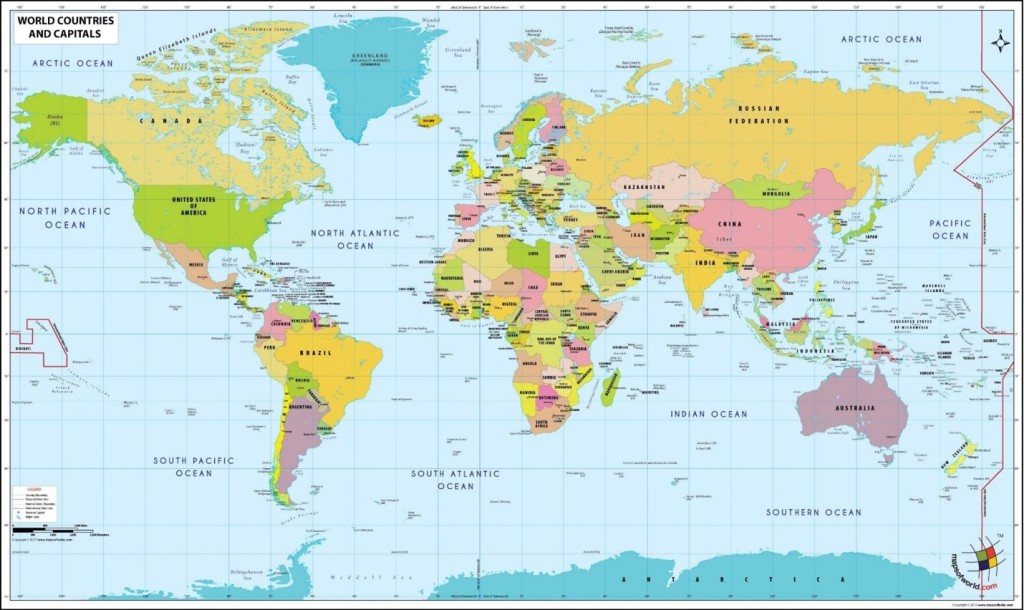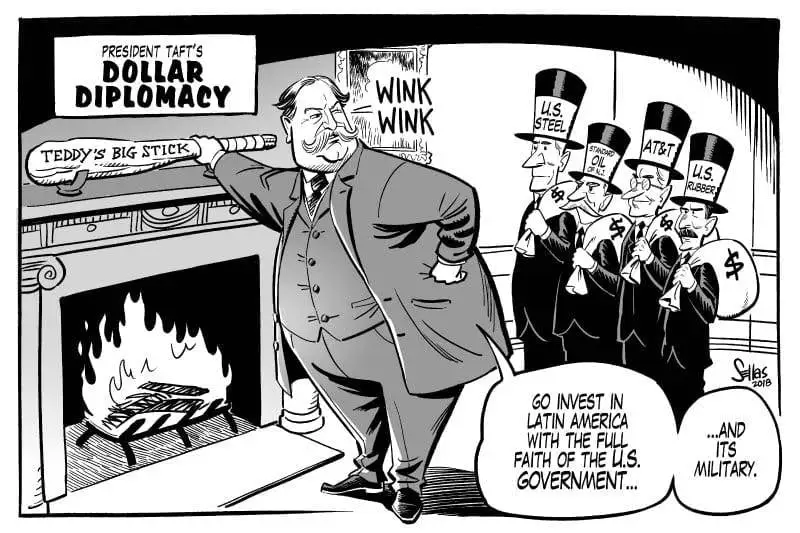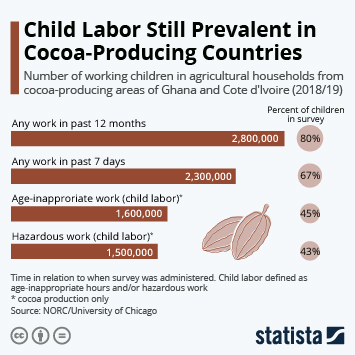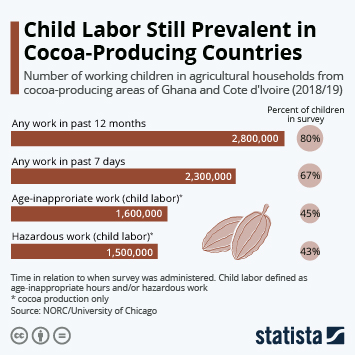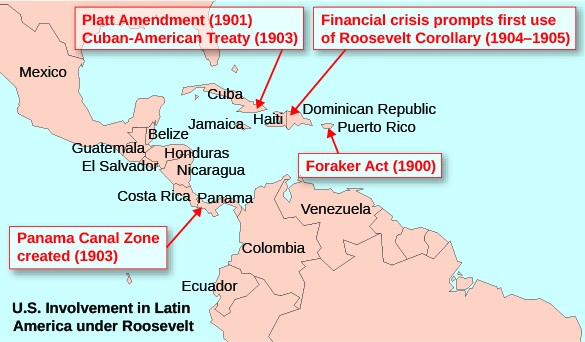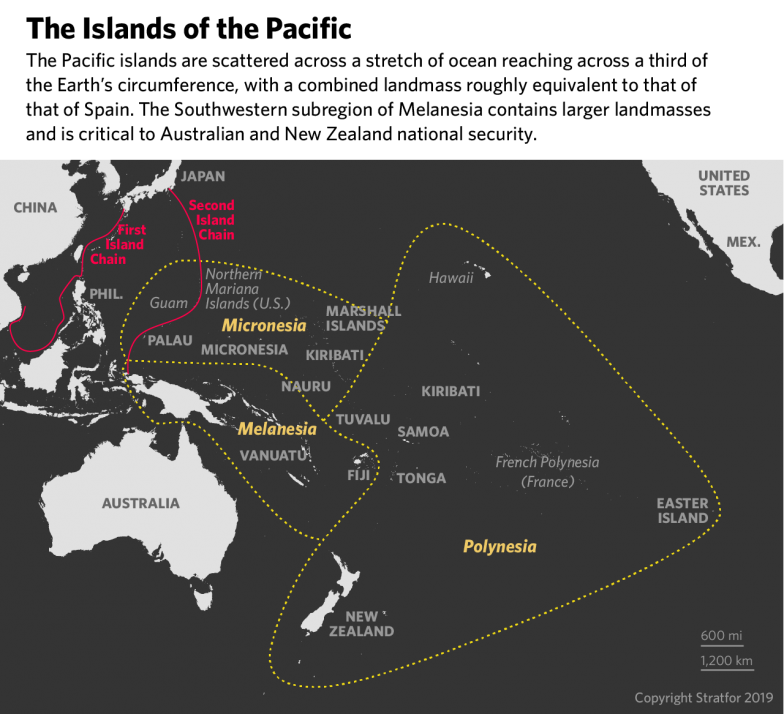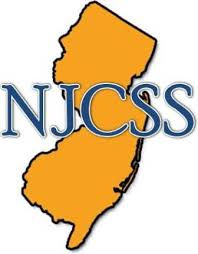The Transformation of Regional Politics in Philadelphia
Kevin McCabe
The dawn of urbanization in the U.S. arrived in the late 19th and early 20th centuries, from which came rapid innovations in transportation and construction technology. The colonial legislation put in power by the founding fathers was tested immensely by the growing population of urban life. The necessities of sustaining an exponentially large and dense city seem evident at first glance: political, economic, and social representation, a stable job income for single or multi-family homes, access to public services, and affordable housing stock. Unfortunately, as one may notice by the pattern of urban decline as early as the 1950s, accomplishing such a feat is nearly impossible with the lack of quality political representation for marginalized members of the urban community. Philadelphia, faced with the issues of urban decline, embarked on a project of urban renewal to revamp the public and private housing sector, introduce new forms of transportation for suburban commuters, and fix the educational landscape of the city. Similarly to other cities facing urban decline, the ‘City of Brotherly Love’ has seen countless projects or urban revitalization that historians, over time, began to view differently. Public Housing, Race, and Renewal by John F. Bauman (1987) indicates that historians viewed the solution to Philadelphia’s housing segregation, job discrimination, deindustrialization, and part of its economic decline issues through government intervention in the public housing sector. Carolyn T. Adams, author of From the Outside In (2014), exemplifies the shift of focus to local and federal intervention in Third-Sector organizations, and the lack thereof, in the startup of big industrial and transportation renewal. Similarly to Bauman, Adams refers to many of the solutions and ideas being created from a local level and being affected by public preference and federal policy. Lastly, The Problem of Jobs by Guian A. McKee (2010) takes a more positive outlook on urban renewal in Philadelphia, claiming that despite providing mixed results, the actions of a new form of Liberalism, local and federal policies, and initiatives slowed the progress of deindustrialization and moderated its effects.[1] Over the last 30 years, the scholarship on Philadelphian policies toward reshaping the historical city has changed dramatically from a focus on blaming federal policy, suburbanization and deindustrialization, the failure to provide adequate public housing and proper restructuring of the city’s inner-city blocks as the cause of economic decline and racial conflict. A newer approach to these issues is to take a city-wide approach to how local politicians and project professionals maneuvered a complex level of federal aid, Third-Sector organizations, and an angry white working class to achieve successes in some areas and failures in other neighborhoods.
Public Housing, Race, and Renewal by John F. Bauman focuses on those who debated, promoted, and shaped Philadelphia’s public housing and urban development policies, and how the local and national shift of focus from public housing to rebuilding the city turned a desegregation project into a reinforcement of public housing poverty stereotypes as a federally-funded welfare program. Bauman, having written his book in 1987, comprises the oldest historical outlook of the three books being analyzed in this historiography study. Therefore, both Adams and McKee draw from elements of Bauman’s argument and other authors of his time to build a comprehensive outlook on the complexity of undertaking complete urban reform in one of the oldest and historically significant cities in the U.S. Bauman utilizes the terms professionals and communitarians to describe the progressive outlook of urban leaders during the middle of urban slum expansion in the 1920s. Adams’ and McKee’s central focus on the privatization of industry follows the pattern of slowing progressivism in mid-19th century Philadelphia. Bauman wrote of the tendencies of the federal government, and how the ideas around poverty-stricken areas led to the failure of public housing as a program for economic mobility: “…the federal government’s rigid funding formula for public housing construction, as well as its strict guidelines for tenant selection and tenant retention, begged the question of public housing’s mission. Was public housing to provide good housing for the working class, or was the program to build modern asylums where the poor could learn habits of thrift and cleanliness?”[2] A few ideas are present in Bauman’s argument that hold merit for future scholarship on Philadelphia’s inner city. Particularly, how government funding, despite having the intention of fixing blighted neighborhoods, ends up exacerbating the issue by being too strict with rules, regulations, and the location of the project. Bauman goes even further to state that the racial composition of a project was made to conform to the prevailing composition of the surrounding neighborhood.[3] Essentially, public housing was the same as black housing in inner-city Philadelphia. As public housing became more attached in name to the characteristics of the poor, the politically right-leaning citizens of Philadelphia lost hope that public housing would help people in poverty learn habits of thrift and cleanliness. One would also argue that the idea that public housing would help the poor learn good habits solely based on the architecture itself perpetuates the notion that all people in black-majority neighborhoods promote a culture of poverty. The hopes of architects and city planners were quickly dashed as public opinion on public housing became politicized- it was no longer a rehabilitation program, but a public welfare program for housing the city’s worst residents. Bauman also takes note of the war-spawned conservatism that swept the nation during WWII, a pattern of decentralized federal housing policy that would become a staple in how local Philadelphian officials would carry out construction projects in the future.[4] Federal funding would be provided for projects, but only constructed by private enterprises. This foreshadows the states’ use of nonprofits to accomplish construction projects more efficiently than traditional means of project approval depicted in From the Outside In. The bullish conservative real estate established for new housing projects, and the use of subdivision in existing housing to create an artificially lower demand for low-income and public housing meant that Washington and the city Housing Authority were: “… sacrificing the goals of good housing and defense to the particular interests of the homebuilding and real estate industries.”[5] The pattern imposed by the federal and state governments is private and public organizational appeasement, an act that helped speed up the development process of housing and urban renewal at the expense of ill-planned resident displacement and the diminishment of government authority over the real estate market and urban planning. Even when projects were underway, residency was determined by the current racial composition of the neighborhood. Bauman, noticing the injustice in urban housing planning, stated: “Crassly denying the new housing to low-income black slum residents reeked of injustice… Blacks were being forced to make more than their share of the sacrifice.”[6] Historians’ views on urban redevelopment in Philadelphia have not changed from Bauman’s to Adams’ interpretation- despite good intentions, the fears of black slum encroachment barred minorities from economic mobility by transforming a creative, community-building public housing movement into a cookie-cutter asylum for the poor. As the Housing Act of 1954 rolled around, the idea of city rebuilding became synonymous with economic revitalization.[7] Forced by the realities of the failures of massive elevator towers to fix the city’s housing issues, planners had to decide what locations would be best for a project’s success, zoning certain areas as unsalvageable (black zones), and blighted neighborhoods as buffer zones.[8] This is a form of redlining that reinforced segregated city patterns, instead of fixing the economic and social disparity between residents that are only blocks apart. Furthermore, it further ostracized inner-city black residents from society. Bauman claims that “Only a massive infusion of local, state, and federal money into housing and blight removal could make city neighborhoods ripe again for private investment.”[9] City politicians took their eyes off a lack of housing in certain areas to transform areas to be more appealing to white commuters and future residents, as only 21 percent of displaced families found satisfactory housing; in the eyes of a Philadelphian politician, urban renewal meant black removal.[10] Slum clearance continued, even though public housing became a welfare program: “… at the end of the decade, [the public housing program] remained demoralized and directionless.”[11] Federal housing policy established a framework for a decentralized program of low-income housing that favored white residents and suburban commuters to attract a larger visitor economy, at the expense of inner-city residents. Bauman shows how the government built and bureaucratically managed complexes that contrasted too starkly with American housing norms- how too much government involvement can create complexity in the rebuilding process when housing authorities have to adhere to a changing political climate.[12] Adam’s book works to recount that moving too far in the opposite direction- losing control over infrastructure oversight- was a step in the right direction to starting larger projects, that despite being rarely beneficial to inner-city residents, were economically beneficial to the Philadelphian region as a whole.
Adams’ From the Outside In contradicts Bauman’s belief that Philadelphian urban renewal was a total failure, despite the shortcomings of public housing. Bauman set up Adam’s argument, relating most of the failures in the public housing sector with a shift in ideology that indicated both left and right-leaning political participants supported government intervention and federal funding, and that the division of party lines lies along the direction of the money in the public and private sectors. To set up her perspective of a new form of regionalism, Adams first had to argue against the premise that suburbs have turned their back on central cities.[13] A common assumption made by Bauman that Adams looks to unravel is that suburbanites, as a result of suburbanization, deindustrialization, and the policies of the state and federal government ruined the city’s economy and have made no effort to revitalize it. In fact, over the last 15 years of redevelopment, which would put it squarely in between the publication dates of Bauman’s and Adams’ books, suburbanites have recognized the critical role the city plays in economic functions. De facto regionalism, through the use of Third-Sector organizations, blurs the lines between public and private sectors in American civic life. [14] City managers now turn to private investors to help finance Philadelphian’s transportation system. A new issue has arisen in urban politics- whether these nonprofits, volunteer organizations, research institutions, (etc.), should be used solely to save money and avoid the regulations set by the city and federal government. By using these organizations and providing them with federal aid, they have control over the equal distribution of services and have more authority than state legislation as to where, how, and why a project will be played out. In Bauman’s book, one sees the federal government’s intervention forcing the hand of city planners to change the location of public housing depending on local reception and federal funding. As Adams depicts, the opinion of the urban resident no longer matters, as these non-profits do not need to adhere to the public will or make press releases on the findings and undergoing of the project. While describing the thought process of local politicians at the time, Adams states: “Politicians generally prefer to distribute dollars and services more broadly. It is virtually impossible for the city council to agree to target development dollars in only a few locations because that shortchanges other areas.”[15] Essentially, the agreement behind using Third-Sector organizations is that some people will benefit, while others will suffer from economic, social, and physical displacement. Therefore, the government focuses its efforts on redeveloping one area, a way for suburbanites to slowly change the city without considering the lives of the inhabitants and their organizations’ effects. For example, the Vine Street Expressway, “…offers a classic example of infrastructure that serves the region’s interests at the expense of city dwellers who live nearby… the initial proposal for eight lanes… would have eliminated a Catholic church and school that served as crucial institutions to Chinatown.”[16] One may see a parallel between Bauman and Adams, as the issue of where public housing should be located meant that they were placed in predominantly black neighborhoods, further segregating the minorities that live in public housing and worsening the issue of cramped neighborhoods. Similarly, the issue of where to locate transportation services for commuters fell on black neighborhoods that were seen as ‘unsalvageable’, despite them being a product of a failed distribution of public services. Overall, Adams wanted to indicate how intergovernmental authorities carry out their responsibility for transportation systems that link the city to the suburbs across municipal boundaries, and the inequality present when relying on Third-Sector organizations to carry out the job of the federal and state governments.[17] Adams also alludes to the new centers of gravity within Philadelphia, and how the responsibility of building major districts and developing entirely new districts plays out in the private and public sectors. As the number of organizations grew, the power of the mayor diminished. Government and nonprofit organizations are almost equal in terms of political standing. Revitalizing Philadelphia meant two things- establishing a successful visitor and commuter economy, and reshaping the educational landscape. The City’s 1960 Comprehensive Plan addressed where certain public services should be placed, as well as transportation services and the estimated amount of jobs that should be accomplished by 1980.[18] As Third-Sectors got involved, however, the Plan fell apart and instead the ‘Building Our Strengths’ city plan was enacted, a ratification of existing racial and infrastructure trends in Philadelphia. It contains a compendium of various different projects, ideas, and locations, without offering a comprehensive goal. Third-Sector organizations were hard for even the mayor to control, as their professional positions put them at the forefront of decision-making. As one will see, there are many successes and failures produced by these Third-Sector organizations, most of the failures attributed to poor planning for future usage of the project. In terms of educational attainment, inner-city school districts serve children that are from impoverished or immigrant homes, which means property tax bases cannot produce enough revenue to support schools. A high academic need and weak local tax base meant that, in the 70s and 80s, there was a large downward spiral for urban school districts nationally, from which this pattern the Philadelphia School District reflected. As a result, the government had to intervene and take over: “The most striking change in U.S. education governance in the last forty years has been the growth of centralized state control.”[19] If a school was labeled as distressed, it could legally be taken over by the state. Suburbanites and city dwellers alike saw budgetary shortfalls that are a result of a funding formula incapable of accounting for the city’s high educational costs; restructuring the delivery of education to emphasize competition and mimic market patterns would increase consumer choice. The government was providing EMOs to the worst performing schools, which allowed private management of public schools, but after the failure of EMOs, Philadelphia backed the Charter school movement. Unlike public schools, profit-making businesses play a sizable role in the aspects of charter operations.[20] To make private schools and charter schools more popular, Philadelphia incorporated a portfolio model of pedagogy, where empowered teachers have direct oversight over their students, and parents were given more freedom of choice as to where their child attended school. Portfolio models, however, tended to, “… expand the geographic focus of local school leaders because locals find themselves soliciting support from many outsiders beyond their traditional and local political allies.”[21] Regionalism is seeping into Philadelphia’s educational system, and as Bauman and Adams both clearly indicate, the intersection of local and national politics became an issue when infrastructure was not being built with an image of the future, the ‘bigger picture’, or not being built at all. The charter operators shifted enrollments out of residential neighborhoods and into buildings in the center of the city. Although this is both better economically for the success of charter schools, as there were more students available in the area, the current pattern of location weakened the historical links between public schools and surrounding neighborhoods.[22] Adams and Bauman both highlight the importance of schools in fostering a community and in both cases, residential neighborhoods suffered because of the poor housing quality surrounding these schools. Public housing ended up being placed in areas with the worst housing, often disconnected from the school system after a more conservative voting base blocked public housing and low-income housing in the more affluent neighborhoods. Charter school locations ended up in two positions- either filled to its max capacity with non-caucasian students or filled to less than half-capacity with white students. Charter schools and public housing followed the same path of reinforcing residential segregation patterns, and as both Bauman and Adams write, the educational system is only getting worse as it is privatized; the state lost direct oversight over their students, and the government made no attempt to create a comprehensive plan to rebuild the city with its poverty-stricken residents in mind. Adams does not dislike the use of Third-Sector organizations to accomplish bigger projects faster and cheaper but takes note that city and state governments are channeling dollars into organizational fields where the recipients use those public resources to compete rather than cooperate with one another.[23] Lodging, such as displacement and the need for new residential buildings and the refurbishment of old buildings, made the process more difficult because the well-being for the future of locals’ residency depended on the layout of the city. Despite this, politicians were pushing reliance on the Third Sector anyway. A high level of public funding does not align the Third Sector with government objectives, even if Philadelphia had a comprehensive plan. Instead, public officials only put limited requirements for projects to get them approved faster. The policy around these projects favored competition between the organizations to produce greater efficiency, which then led to competition between the projects post-construction, such as with the charter school movement. Competition fosters organizational isolation- to fix this, Adams indicated a few ways the federal and state governments can navigate the current path of private and public enterprise. Adams states: “City officials should work to induce greater sectoral coherence and concern for serving Philadelphians, to see that the city gains the greatest possible benefit from its concentration of tax-exempt institutions.”[24] Bauman’s book shows how historians of the time witnessed federal funding and building requirements, as well as public opinion on the project, as an obstacle to public housing and urban renewal’s success. Similarly, Adams shows how a move in the opposite direction, a form of laissez-faire economic regionalism, also posed issues because of an emphasis on capitalistic competition that contradicted the government’s goal of urban renewal and a lower inner-city poverty rate. The influx of suburban money bolstered the economy of Philadelphia, which disproves Bauman’s scapegoating of suburbanization as the main cause of an economic decline in Philadelphia, but the oversight in fixing Philadelphia’s racially segregated housing meant that the new projects were being built over the worst areas. Philadelphian low-income neighborhoods were bulldozed and rarely were residents fairly compensated.
McKee’s The Problem of Jobs contained elements from both Bauman’s and Adams’ work but stood out for its usage of larger, national issues put into context for the rise of Liberalism, a continuation of unemployment issues, and a lack of racial equality in Philadelphia. As opposed to the other books, McKee emphasizes the need for jobs, specifically how left-leaning political participants’ support of government intervention in the economy persisted at the local level even as national ideologies swayed in the other direction.[25] McKee begins his book after World War II and ends in the 1970s, a timeframe that just overlaps with Bauman’s book and finishes where Adams starts. McKee presents the history of the Philadelphia Industrial Development Corporation (PIDC), a quasi-public organization that added about 68,000 jobs between 1959 and 1970, and the projects it had undertaken to promote racial equality and prevent further segregation in the city. The placement of McKee’s book at the end of this historiography study, despite taking place in between Bauman and Adams, is not a mistake. McKee’s book indicates the transformation of federal and local policy to reflect the involvement of Third Sector organizations: “These local policy initiatives engaged with and, in some cases, relied on the resources and incentives provided by federal programs, but they remained projects of the local state- of liberal policymakers and activists who constructed public, private, and community-based institutions that sought to address the city’s loss of industrial jobs.”[26] Bauman’s book introduces the concept of using private goals to accomplish public services- McKee takes this and identifies the various projects undertaken to accomplish the Philadelphia Plan and Model Cities program, the first of which to include non-profits to shorten construction periods and bring in more jobs at a rapid rate. McKee is also innovative in his contribution to how Philadelphia’s job-focused programs paralleled racial tracks; the projects that failed generally ignored the social component of industrial decline and racial discrimination in the Philadelphian industry. Specifically, how PIDC’s tendency to work in isolation from those most dramatically affected by economic change led to more suffrage on the part of Philadelphia’s black population.[27] Black-run projects, which both Bauman and Adams failed to allude to, were vulnerable to the real estate market and fluctuations in federal support as a result of changing market conditions. Public action by a hostile white working-class privileged a focus on cultural factors in urban renewal over the need for a long-term plan for fixing structural economic concerns in the city.[28] PIDC and the Philadelphia Plan lost momentum as Liberalism lost its momentum- the national concern for the War on Poverty offered opinionated white city residents a way to lay out their concerns for undergoing an urban renewal project in already affluent neighborhoods. The focus, they believed, should be on the city’s worst slums. Unfortunately, this meant continuing the residential divide of the city’s black population, or in the worst cases, complete displacement and removal. McKee’s analysis of the direct effect of the War on Poverty in the slums of Philadelphia draws parallels to Bauman’s foundation of placing public and low-income housing in economically advantaged neighborhoods. Simply, government intervention focused on white appeasement without the realization of the importance of black economic and social participation in Philadelphia’s inner city. While Bauman is pessimistic about the future, however, McKee focuses on the PIDC’s victory in slowing the progress of deindustrialization and moderating its effects.[29] McKee brings to the table a level of optimism unseen in Bauman’s perspective, while Adams adheres to a methodology of unbiased analysis of the city’s and Third Sector organizations’ urban renewal agenda and necessary racial progressivism. McKee and Adams acknowledge the local and federal politicians’ complete disconnection between economic decline and racial inequality. McKee, however, claims that local public policy can still have a wide effect on the rate of economic change independent of racial matters.[30] Adams believes that economic decline is synonymous with racial inequality, dictating a change in the historical perspective that inequality should be at the forefront of urban redevelopment programs. McKee also addresses racial matters continuously throughout the book, which differs from Bauman’s and Adams’ use of dedicated chapters advocating the involvement of racial matters in shaping Philadelphia’s urban renewal process. For example, McKee noted the shortfalls of the liberal agenda in embracing civil rights, and how the lack of black political representation in city-building meant the expansion of industry was inaccessible to inner-city residents: “… the interaction of job discrimination and industrial decline in Philadelphia had placed African Americans at a severed disadvantage in the local labor market…nonwhite men held a disproportionate share of low-wage, low-scale jobs… only 8.7 percent of [African Americans held] professional and technical jobs…”[31] Black residents, according to McKee, act solely out of response to economic crisis in Philadelphia, making it apparent that black political participants focused on creating jobs, without realizing that the jobs being made were hard for the average inner-city black resident to attain. McKee ends his book with the Model Cities program, a shift from a focus on the renewal of Philadelphia’s manufacturing industry to the services industry: “… the PIDC had slowed but not reversed the decline of Philadelphia’s manufacturing sector during the 1960s and that the base of the national economy had begun to shift from manufacturing to services. This led both city and… PIDC to question whether the nonprofit corporation should continue to focus exclusively on industrial development or expand its operations into services.”[32] A large part of Adams’ book lies in the development of these service institutions; McKee takes note of the availability of land for future industrial uses, and Adams picks up with the various service projects conducted on that land. McKee’s analysis of the bifurcation of local and federal policy is hopeful, at the very least, that Liberalism will overtake the agendas of status-quo residential ‘segregationists’ for a more inclusive economical base in Philadelphia.
The last 30 years have witnessed scholarship on Philadelphian inner-city politics change to include the active participation of suburbanites, the rise of Progressivism and Liberalism, and the inclusion of the black struggle for economic and social participation. At the same time, Bauman, McKee, and Adams all take note of the large number of contradictions that come into play when federal and local policy intersect. Bauman’s Public Housing, Race, and Renewal follows the issue of national political ideologies in the context of war-spawned conservatism, and how the failure of public housing led to a reliance on private sectors to provide housing for those in need. Private interests, however, do not always align with the public; housing was built but did not always reach a level of adequacy that modern homes have. Adams’ From the Outside In shows how the move towards private sector construction and subsequent failure led to a new form of regionalism based on Third Sector organizations’ involvement. To blur the lines between private and public sectors and circumnavigate the general public’s opinion on whether the project should be built in the first place, Philadelphia’s mayors utilized a growing medium of regionalism. McKee’s The Problem of Jobs takes into consideration this shift and depicts the transformation in ideology to include Liberalism, similar but not exact to Bauman’s interpretation of the definition of Progressivism in Philadelphian local politics. While Bauman remains pessimistic about the future of public housing and urban renewal, McKee exemplifies a shift in public opinion to focus on the positives of urban renewal, with some constructive criticism concerning how race should be considered in the application of the process; Adams represents a politically unbiased retelling of events, with many points as to how city politicians should carry construction projects in the future. All three books, however, fully understand that economic decline was tied to racial inequality and that the power of the state and Third Sector organizations are necessary to have a significant effect on the character of economic and racial progress.
Teaching racial inequality in the educational and infrastructural fields is important for closing the social and economic gap that has developed since the removal of the institution of slavery. When teaching in West Windsor South, I noticed that students were hyper aware of their social classes. The very topic of racial disparity was often talked about in the 12th grade Social Justice class I helped out in, and each and every student noted how important it was to be actively thinking about solutions to solve the issues our predecessors have created. The books listed in this historiography study are a good start to help students understand the gravity of the situation and the attempts previously made to solve the issue, especially when the authors’ research delves into the closest city to them, Philadelphia.
References:
Adams, Carolyn Teich. From the Outside In: Suburban Elites, Third Sector Organizations, and the Reshaping of Philadelphia. Ithaca, New York: Cornell Univ. Press, 2014.
Bauman, John F. Public Housing, Race, and Renewal. Philadelphia, Pennsylvania: Temple University Press, 1987.
McKee, Guian A. The Problem of Jobs: Liberalism, Race, and Deindustrialization in Philadelphia. Chicago, Illinois: The University of Chicago Press, 2018.
[1] Guian A. McKee, The Problem of Jobs: Liberalism, Race, and Deindustrialization in Philadelphia (Chicago, Illinois: The University of Chicago Press, 2018), 67.
[2] John F. Bauman, Public Housing, Race, and Renewal (Philadelphia, Pennsylvania: Temple University Press, 1987), 40.
[3] Bauman, Public Housing, 47.
[4] Bauman, Public Housing, 56.
[5] Bauman, Public Housing, 64.
[6] Bauman, Public Housing, 68.
[7] Bauman, Public Housing, 139.
[8] Bauman, Public Housing, 147.
[9] Bauman, Public Housing, 148.
[10] Bauman, Public Housing, 148-150.
[11] Bauman, Public Housing, 200.
[12] Bauman, Public Housing, 208.
[13] Carolyn Teich Adams, From the Outside In: Suburban Elites, Third Sector Organizations, and the Reshaping of Philadelphia (Ithaca, New York: Cornell Univ. Press, 2014), 2.
[14] Adams, From the Outside In, 9.
[15] Adams, From the Outside In, 21.
[16] Adams, From the Outside In, 29.
[17] Adams, From the Outside In, 49.
[18] Adams, From the Outside In, 81.
[19] Adams, From the Outside In, 84.
[20] Adams, From the Outside In, 87-88.
[21] Adams, From the Outside In, 93.
[22] Adams, From the Outside In, 104.
[23] Adams, From the Outside In, 173.
[24] Adams, From the Outside In, 181
[25] Guian McKee, The Problem of Jobs: Liberalism, Race, and Deindustrialization in Philadelphia (Chicago, Illinois: TheUniversity of Chicago Press, 2018), 4.
[26] McKee, The Problem of Jobs, 12.
[27] McKee, The Problem of Jobs, 81.
[28] McKee, The Problem of Jobs, 111.
[29] McKee, The Problem of Jobs, 67.
[30] McKee, The Problem of Jobs, 76.
[31] McKee, The Problem of Jobs, 119.
[32] McKee, The Problem of Jobs, 251.
